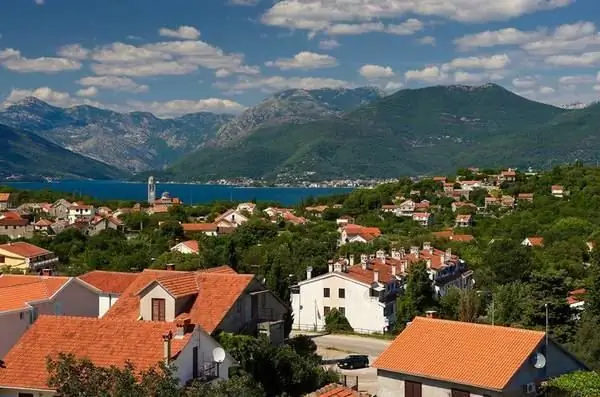
Description of the attraction
The dominant feature of the seaside village of Radovichi, located in the Krtoli region on the southeastern coast of the Bay of Kotor, is the Orthodox Church of the Assumption of the Mother of God, which the locals call the Church of the Holy Lady. Historians have found mention of her dating back to 1605. However, some studies show that this temple has been known since 1594. Ancient documents tell about the priest Stevan Boskovic, who served here at the end of the 16th century and bought some land from Mark Dapchev from Brda, on which, as a result, the church was built.
The current magnificent building of the Church of the Assumption of the Virgin, crowned with an imposing dome, appeared in Radovichi in 1843. What happened to the old temple, why it was simply demolished, without even trying to reconstruct, is unknown.
The silhouette of the church is very recognizable, so it can serve as a reference point for travelers who settled in Radovichi. Probably, it is not the temple itself that attracts the most attention, but its high bell tower with an octagonal dome and small arched windows, reminiscent of a minaret. Its main facade is decorated with a clock. The bells for the Church of the Assumption of the Mother of God were brought from Italy, where they were cast by the most eminent craftsmen. The main decoration of the interior is the magnificent iconostasis, on which the Greek artist Aspiotis worked. Also of note are the valuable frescoes painted on the walls and ceiling. They were performed in the last century.
The church is active and open to visitors during the day.






